There are so many things to do in Emilia Romagna that an entire life isn’t enough to experience them all. It’s a kaleidoscope of experiences that welcomes you with a big smile and accompanies you all the way.
There are so many places to see, many emotions to live, especially if you love – like me – history and you are a fearless adventurer in search of traces history left us.
If you have never visited Emilia Romagna, or you’ve already been there and you think to visit it again, here a list – not complete of course – with some of the cultural attractions not to be missed … absolutely NOT!!
Admire the starred sky of Galla Placidia
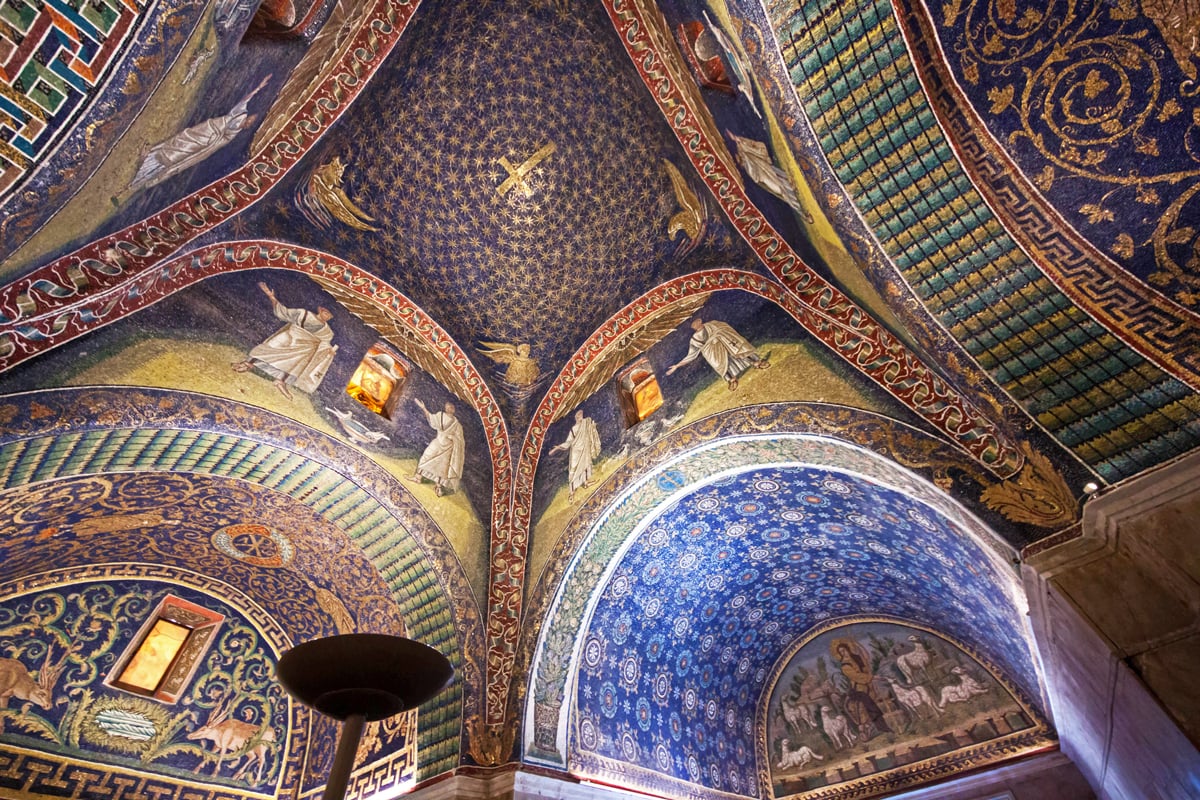
Mausoleum of Galla Placidia, Ravenna | Photo © isatz, via Wikimedia
How many stars might be in the sky? Millions? Billions? Well, the little Mausoleum of Galla Placidia in Ravenna counts 570 golden stars, all in mosaic and shining on an intense blue sky with at its centre a big latin cross, the symbol of resurrection.
It was built in the first half of the 5th century A.D. by empress Galla Placidia and it is a unicum in the entire world. In small groups you enter inside and, silently, you admire what heights human mind can reach when it meets infinity.
Visit the Jerusalem of Bologna
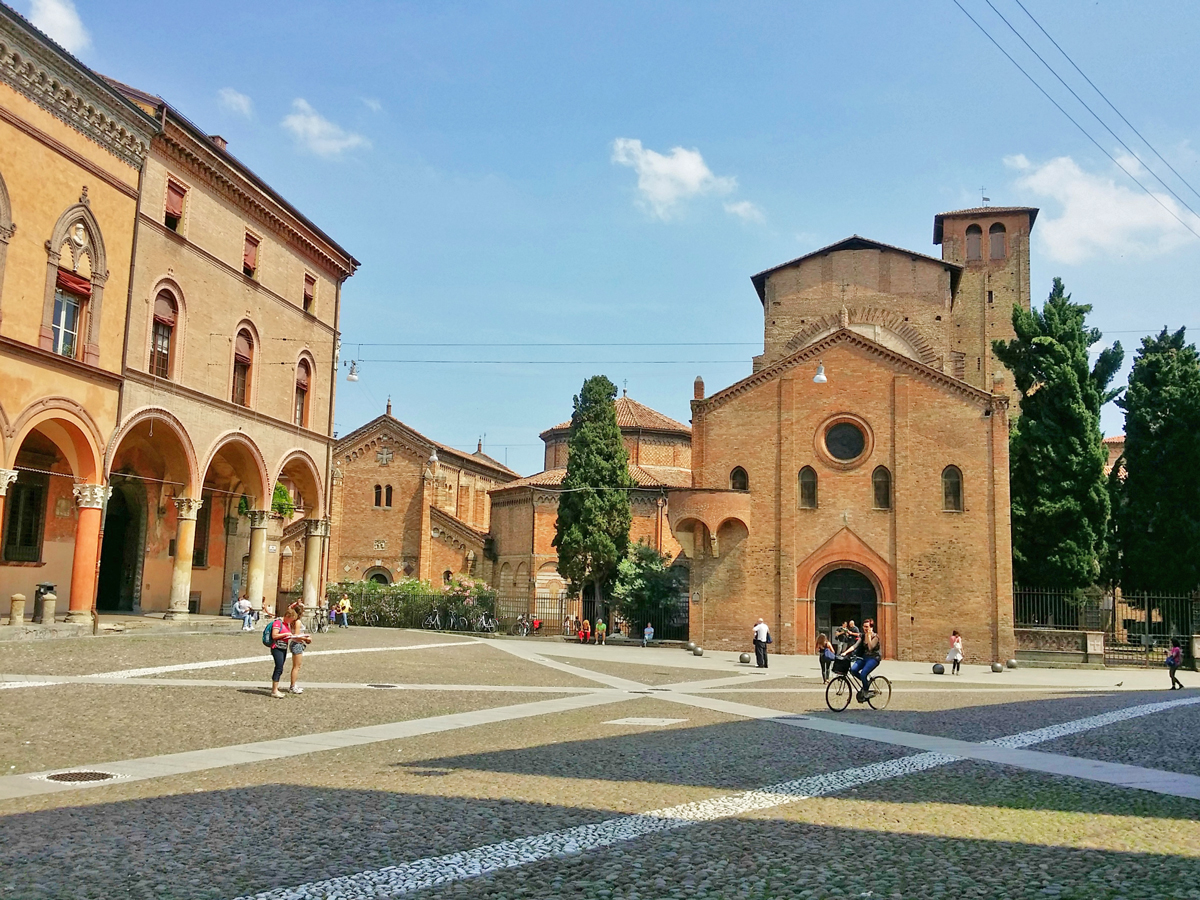
The complex of Santo Stefano (Bologna) | Photo © Chiari86, via WikiLoveMonuments
According to tradition, everything started with Petronio, the patron saint of Bologna. It was he who started the construction of this complex of churches and sacred buildings (originally seven buildings), that today overlooks the central square Piazza Santo Stefano, being a meeting point for many people of Bologna and tourists alike.
Its story started in the 5th century A.D. and has arrived at the present day with extensions, renovations, changes and transformations. Without any doubt, it is the most suggestive place in Bologna, and maybe also the one with most secrets.
Whether you are worshippers or not, go and let be inspired by the charm that still today enchants anyone who crosses in humble guise its walls.
Crossing a 2000-years-old Roman bridge
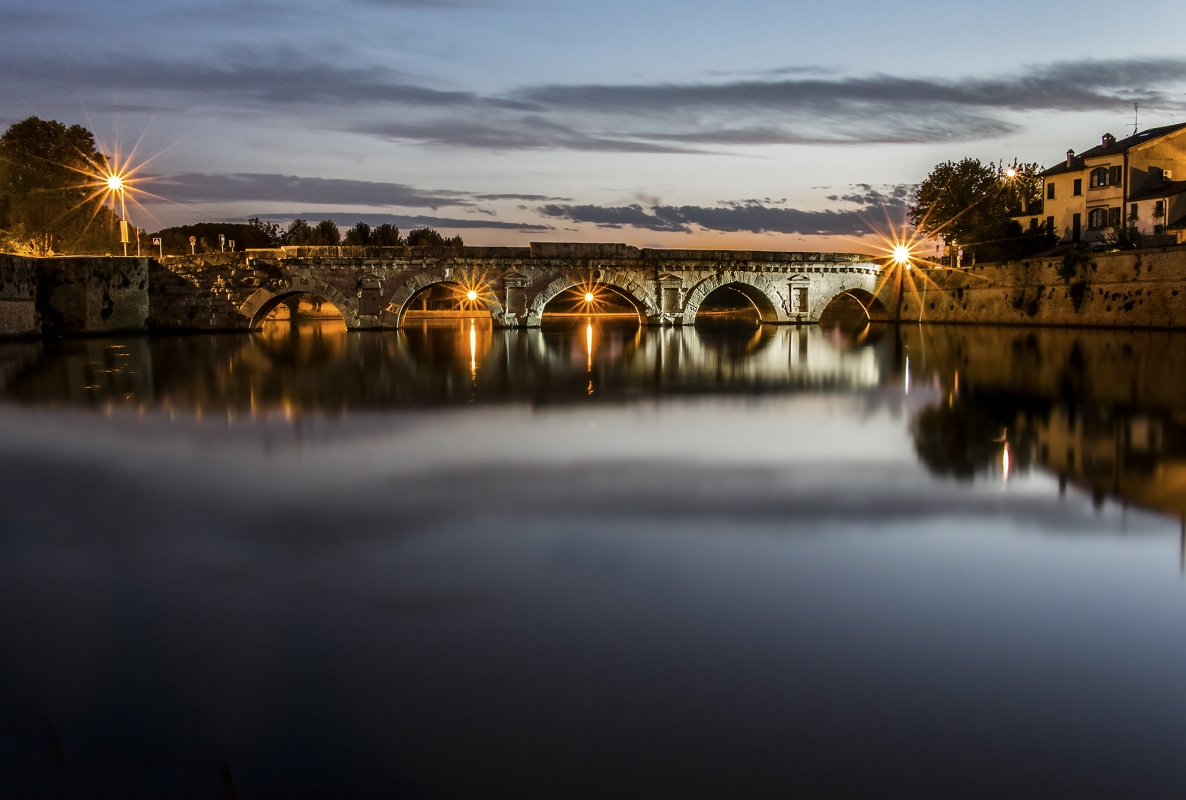
Ponte di Tiberio, Rimini | Photo @Framor1981
Great emperor Augustus ordered its construction and his heir Tiberius completed it. We are in Rimini, between 14 and 21 A.D., in one of the most flourishing and important Roman colonies in Italy.
This masterpiece was intended to celebrate the greatness of the imperial power and it had a very important practical function: it had to grant a safe passage over the river Marecchia and be a junction and departure point for the main consular streets northbound: Via Aemilia towards Piacenza and Via Popilia towards Adria.
Well, 2000 years have passed and, that bridge with five arches is still staying there, with its Istrian limestone blocks that cover a concrete structure
The geography all around has changed: the Marecchia has been moved, the city got bigger and the big park all around highlights what Palladio took as a model in Europe during the Renaissance, describing it as “the most beautiful and the most worthy of wonder”.
In the rooms of a Renaissance Castle
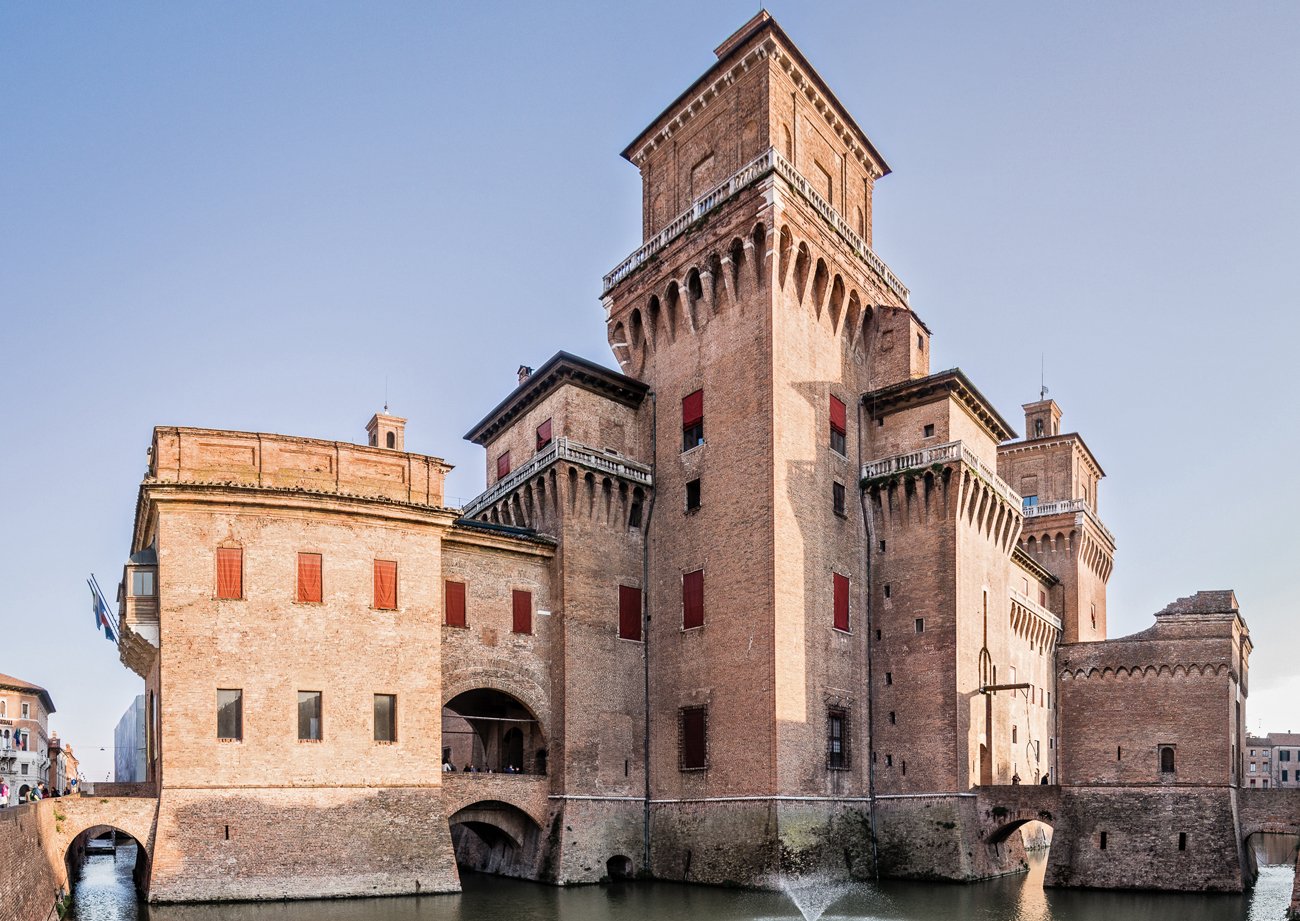
Castello Estense, Ferrara | Photo © Vanni Lazzari, via Wikimedia
Ferrara is its castle, and its castle is Ferrara. There is an essential bond between the two, a tight and unbreakable relationship. If you’d like, we could almost say that it is one of the best brandings that history gave us, almost like Rome and its Colosseum or Paris and its Eiffel Tower.
It was built with the function of a medieval manor house with military functions and it became a reference point in the Renaissance because of the noble family Este, who decided to settle his headquarter in this place.
Today it is entirely visitable and it hosts exhibitions, events, guided tours and performances of all kinds that liven up this piece of history all year round.
In the arena of a big theatre
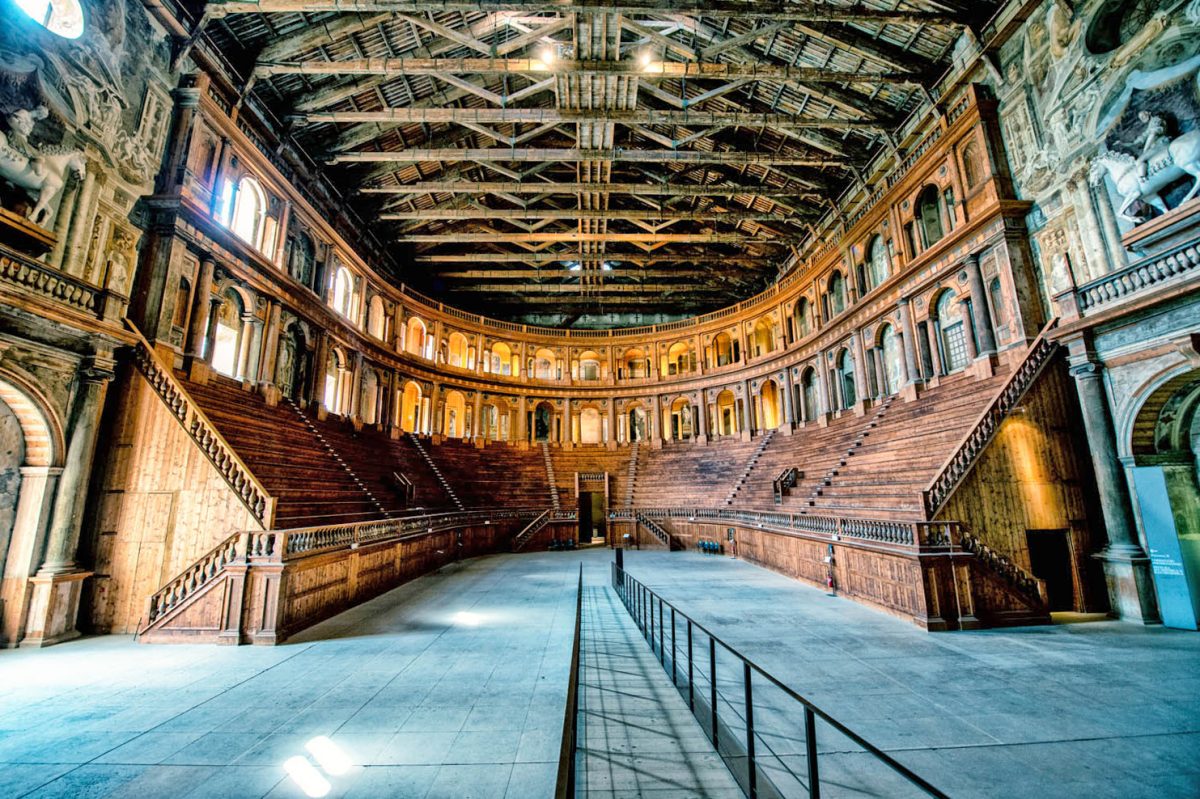
Teatro Farnese (Parma) | Photo © Fashion for Travel
A theater strongly desired by Ranuccio I, Duke of Parma and Piacenza, to impress and surprise Cosimo II de ‘Medici, who was awaited in Parma in 1618 on his journey to Milan.
This work, for the purpose it was meant to serve, was maybe excessive, but it gave us this monumental artwork, which is today the focus of complex of Pilotta, the cultural and museum centre in Parma.
After the passage of Cosimo II, the inauguration of the theatre occurred only 10 years later, in 1628, on the occasion of the wedding between Margherita de’ Medici and Duke Odoardo, which culminated with a spectacular scene of naumachy.
Because of the complexity of the stage settings and their costs, the theatre, entirely made of wood and covered with stuccoes, was used only nine times, for ducal weddings or important State visits.
Despite the damages during the Second World War, today you can admire it in all its splendor because it has become the entrance of the National Gallery of Parma.
In the castles and historical manors of the Duchy
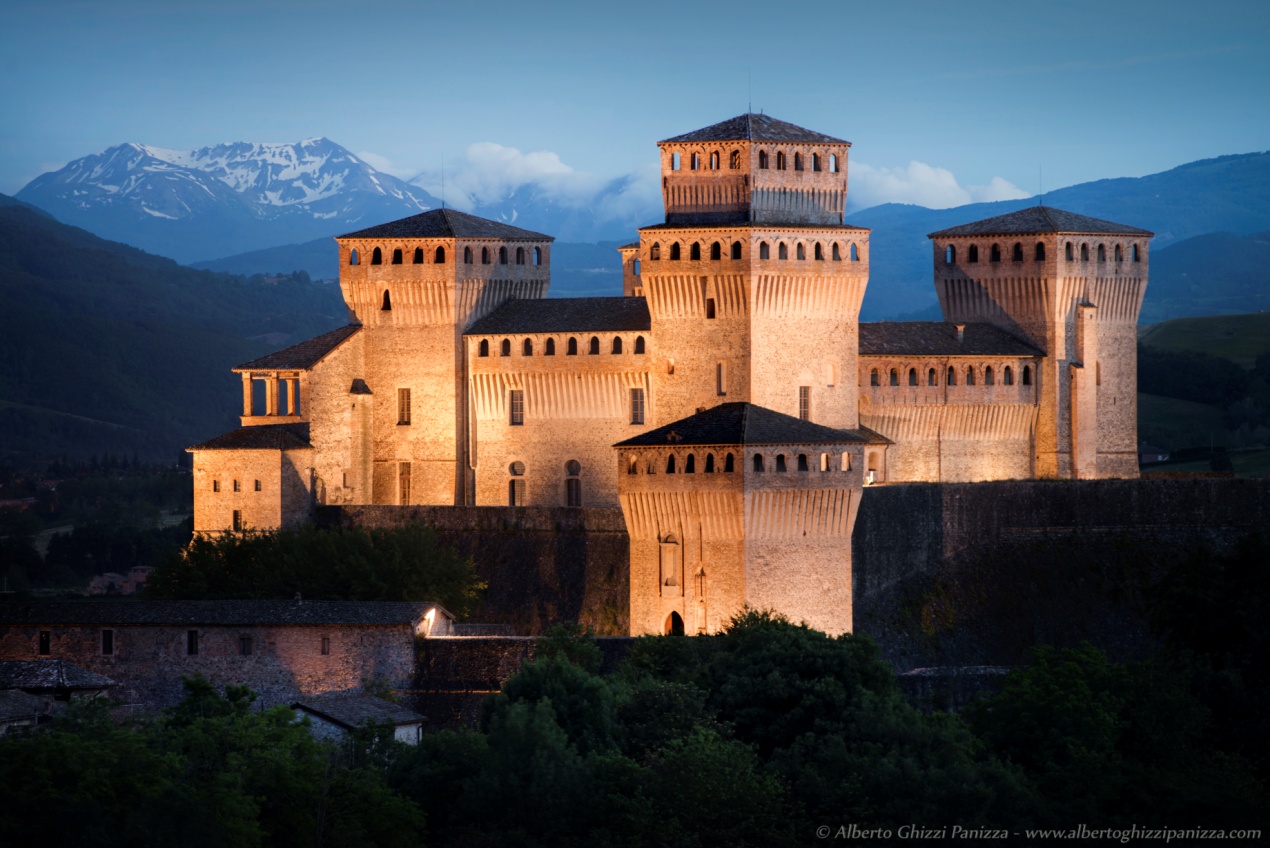
Castle of Torrechiara, Parma | Photo © Alberto Ghizzi Panizza
Thousands of visitors arrive every year in the region to visit the castles of the Duchy of Parma and Piacenza, a network of 14 charming hotels and 32 fortresses and manor houses frescoed and with furniture spread through the two provinces.
Built in different ages, from the Middle Ages to the Belle Époque, they enhance the landscape, which is dotted by imposing buildings requested by great noble families over the centuries.
Torrecchiara, Vigoleno, Bardi, Colorno, Castell’Arquato are only some of the historical and cultural attractions that this territory has to offer. In addition, historical hamlets, museums, nature excursions and, in particular, culinary tradition with its old cellars, cured meat and cheese factories and all the typical workshops and ateliers that make these lands the cradle of good food.
Author

Davide Marino
Davide Marino was born archaeologist but ended up doing other things. Rational – but not methodic, slow – but passionate. A young enthusiast with grey hair
You may also like
10 good reasons to come in Emilia Romagna
by Davide Marino /// February 22, 2018
Things to Do in Emilia-Romagna on a Rainy Day
by Davide Marino /// December 21, 2018

Interested in our newsletter?
Every first of the month, an email (in Italian) with selected contents and upcoming events.
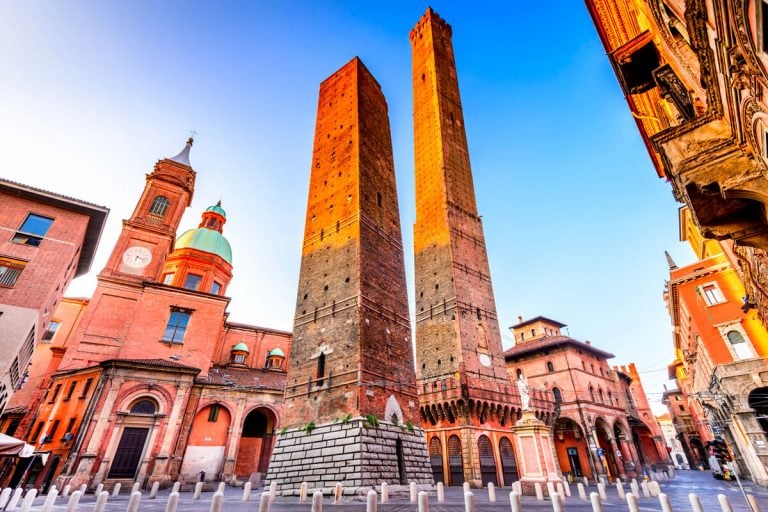
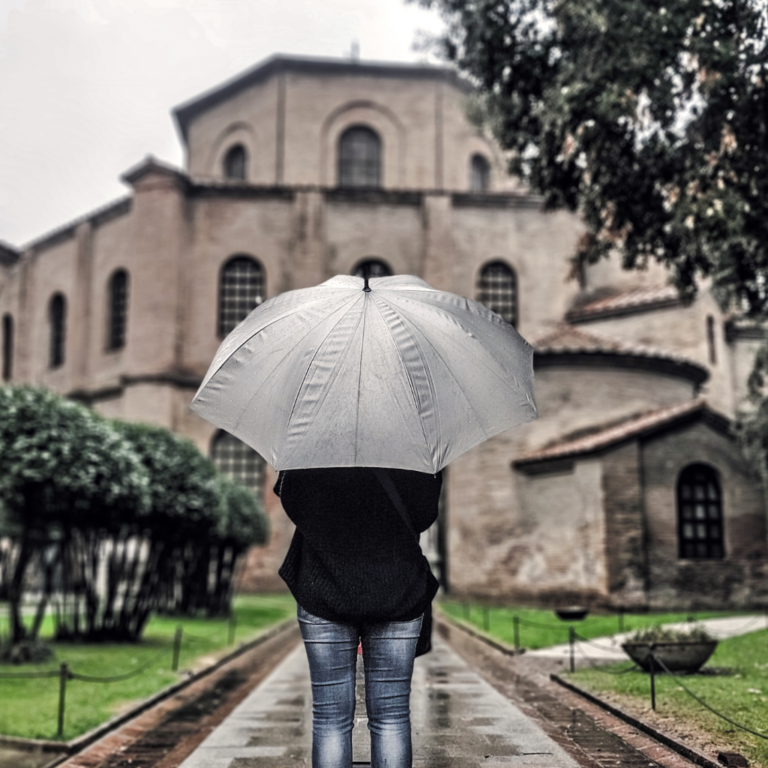
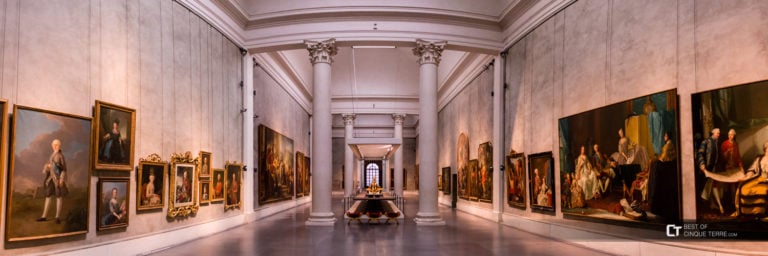
Amish Kothari
We are trying to follow the life of caternia Sforza, the Tigress of Forli and request an itinery if u could assist us pls. The castle of Forli shown on the TV Serial Medicis, is it real ?? Where is it any idea?
We are also trying to find the actual Pzi, Vesccuci & Medici homes in Florence. The Medici home is well known but the Pazi & Vesucci (for Simonetta) is nearly impossible to find.
Yes we are afemale centric group loving history & any assistance is welcome ont he locations. The history is already in the books and TV Serials (to some extent).
Thanks in advance,
Elisa Mazzini
Hi Amish,
the castle of Caterina Sforza in Forlì is called Rocca di Ravaldino
https://it.wikipedia.org/wiki/Rocca_di_Ravaldino (sorry, this Wikipedia page is only in Italian);
Regarding the houses of the Pazzi and the Vespucci Families, we don’t really know how to help you;
you can try to ask to the Tourism Office of Florence touristinfo@comune.fi.it
or take a look on the VisitTuscany website https://www.visittuscany.com/it/itinerari/medici-walk-of-florence/
Best,
Elisa